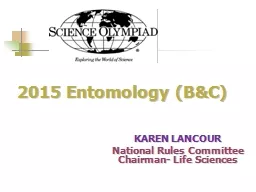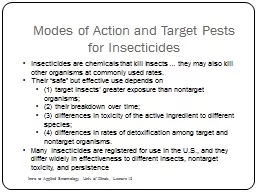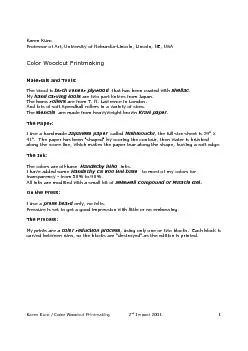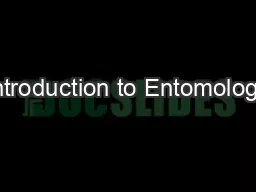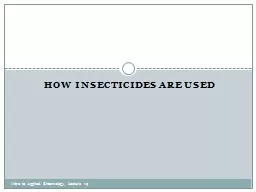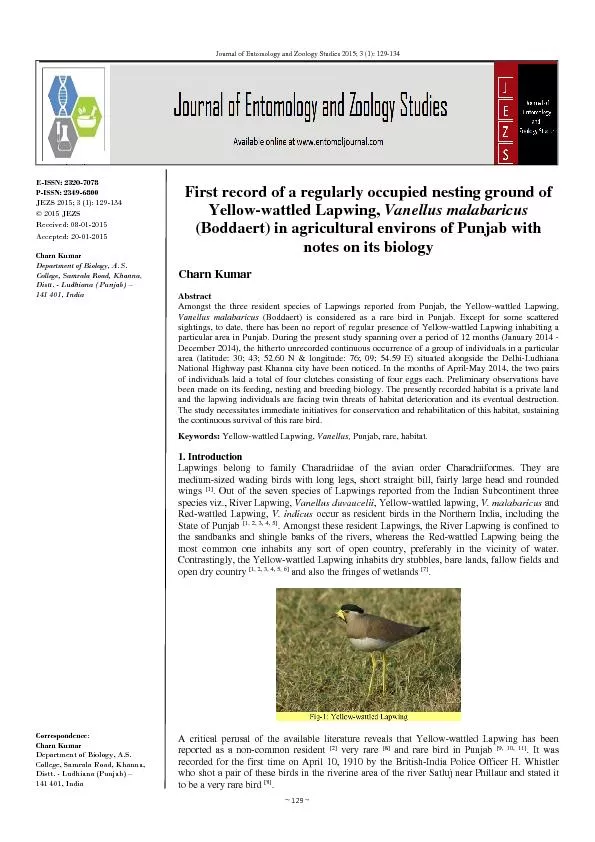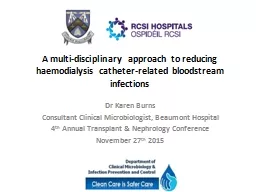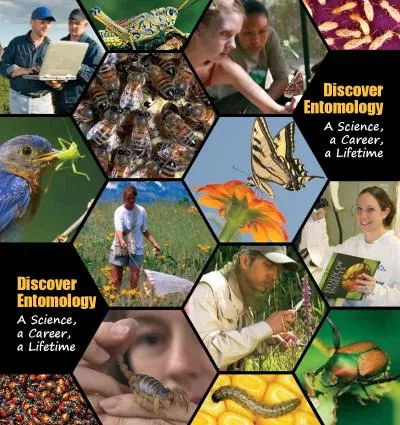PPT-2015 Entomology (B&C) KAREN LANCOUR National Rules Committee Chairman- Life Sciences
Author : marina-yarberry | Published Date : 2019-10-31
2015 Entomology BampC KAREN LANCOUR National Rules Committee Chairman Life Sciences Entomology BampC Content Identify insects and selected immature forms 30 orders
Presentation Embed Code
Download Presentation
Download Presentation The PPT/PDF document "2015 Entomology (B&C) KAREN LANCOUR ..." is the property of its rightful owner. Permission is granted to download and print the materials on this website for personal, non-commercial use only, and to display it on your personal computer provided you do not modify the materials and that you retain all copyright notices contained in the materials. By downloading content from our website, you accept the terms of this agreement.
2015 Entomology (B&C) KAREN LANCOUR National Rules Committee Chairman- Life Sciences: Transcript
Download Rules Of Document
"2015 Entomology (B&C) KAREN LANCOUR National Rules Committee Chairman- Life Sciences"The content belongs to its owner. You may download and print it for personal use, without modification, and keep all copyright notices. By downloading, you agree to these terms.
Related Documents

